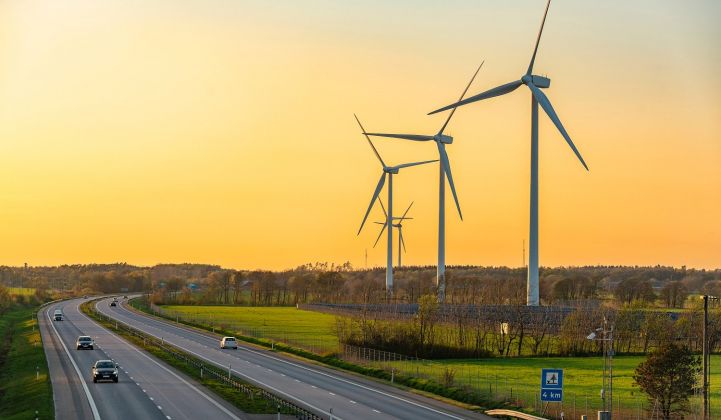Renewables generator Pattern Energy confirmed Tuesday that it has “drawn interest” from potential buyers, following a press report that Brookfield Asset Management may be interested in merging its TerraForm Power business with Pattern.
Such a merger would create a new renewables powerhouse with an international footprint, fusing Pattern’s 2.9 gigawatts of mostly wind capacity across North America and Japan with TerraForm Power’s more technologically diversified 3.7-gigawatt portfolio in the U.S., Europe and Latin America.
Pattern’s shares rose 7 percent on Monday afternoon after Bloomberg first reported the talks based on unidentified sources, and the shares continued to move northward on Tuesday morning. At around $25.50, they are trading at their highest level in nearly three years.
“Pattern is confirming that it has drawn interest from third parties,” the San Francisco-based company said in a statement. “No agreement or arrangement for any transaction has been reached with any such third party.”
In addition to its controlling stake in TerraForm Power, Brookfield Asset Management also owns Brookfield Renewable Partners, one of the world’s largest publicly traded renewables operators with a portfolio centered on hydroelectric power.
A deal between Brookfield and Pattern would follow the ongoing trend of M&A action for renewables yieldcos. Canada’s Brookfield Asset Management acquired SunEdison’s vehicles, while Global Infrastructure Partners bought NRG Yield and renamed it Clearway Energy. Last year asset manager Capital Dynamics acquired and delisted 8point3 Energy Partners, a yieldco launched jointly by SunPower and First Solar.
Listed in both New York and Toronto, Pattern went public in 2013 at $22 a share amid a wave of optimism about yieldcos, and its shares steamed upward in the months that followed. But within a few years they had crashed back to earth as the bankruptcy of SunEdison — which launched two yieldcos of its own — exposed concerns about a business model that appeared to hinge on the ability to regularly sell shares at ever-rising prices.
Pattern has spent the past several years convincing investors of the long-term sustainability of its model, freezing its dividend yield to lower its payout ratio and taking a far more circumspect approach to raising capital.
The company has sought to bring more operations and maintenance work in-house to save money, and placed a heavier emphasis on the often more lucrative — if inconsistent — project-development side of its business.
Pattern was the 11th largest owner of U.S. wind capacity at the end of 2018, according to the American Wind Energy Association. The company was also an early and successful mover in the now-stalled Canadian wind market, and has made a big push into Japanese renewables in recent years, including its first foray into offshore wind projects.




